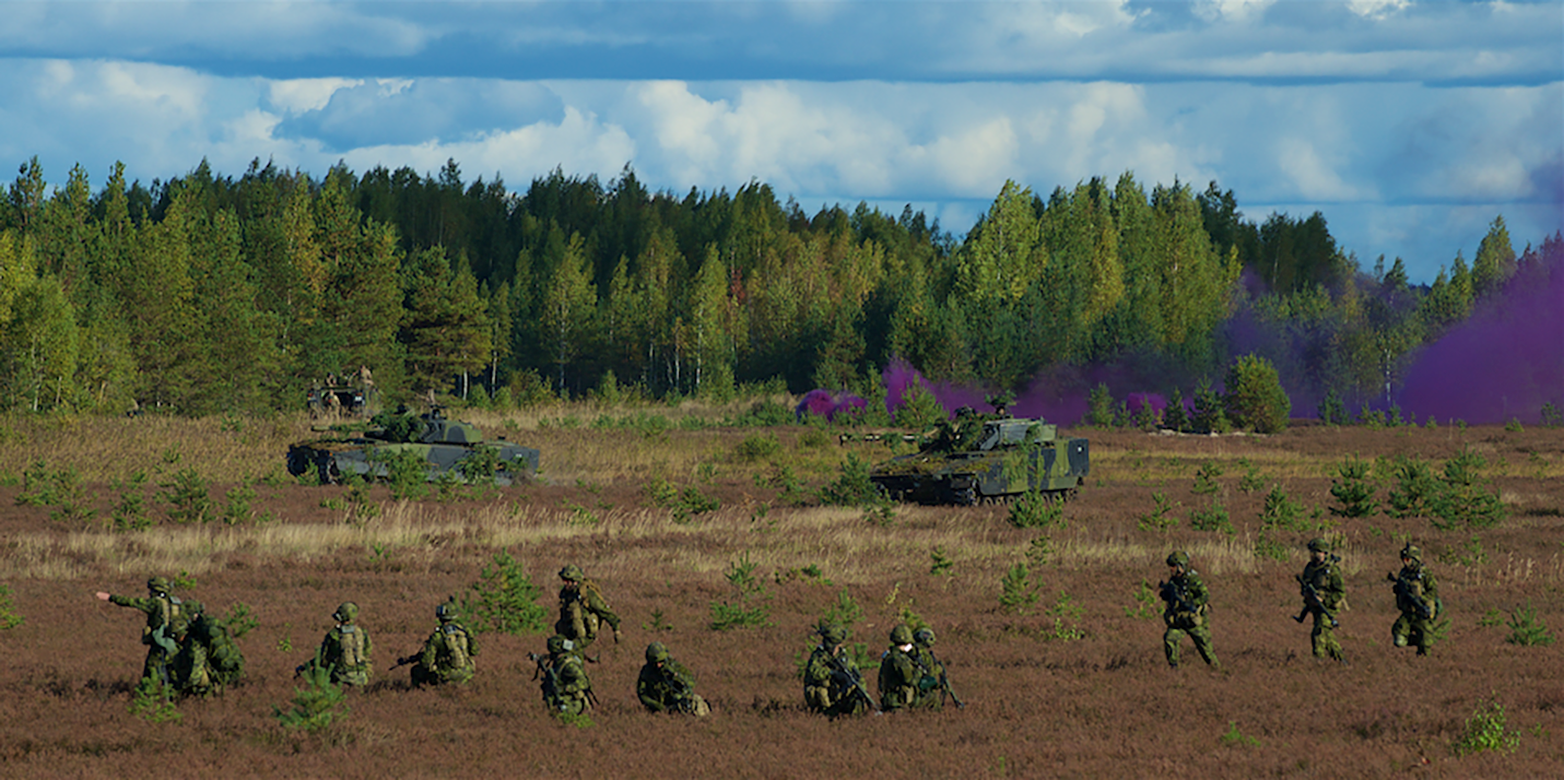Military Doctrine and Arms Procurement
As great power rivalries intensify and revisionist actors engage in a range of probing behaviors, military security and defense are firmly back on the agenda. Within this theme, we identify emerging trends in military doctrines, force structures, and armaments, and observe ongoing conflicts and their implications for defense debates, both in Switzerland and beyond. In addition, we investigate the impact of new technologies in the military sphere and explore defense alternatives and future dissuasion strategies for small states.

News
Journal Article | Contemporary Security Policy
external page Drones have boots: Learning from Russia’s war in Ukraine
Before Russia’s 2022 invasion of Ukraine, security studies scholars were myopic about small drones’ enabling functions and tactical benefits. They were preoccupied with drone impacts on international security and the ethical dimensions of counterterrorism drone strikes. Similarly, literature on the revolution in military affairs has examined emerging drone technologies based on their strategic advantages. “Low-tech” drone innovations have received less attention. The war has highlighted the collective magnitude of these omissions. At first, scholars followed extant predictions by concluding that large drones did not revolutionize warfare, proliferated slowly, and were too costly and complex to operate. Yet, one year into the war, thousands of drones—scouts, loitering grenades, drone bomblets, and suicide drones—are defying the field’s assumptions of their uselessness sans air superiority. Contrary to most theoretical expectations, small drones in Ukraine are changing battlefield dynamics from lower airspace. Scholars must begin to study drone diversity in modern wars.
Publication | CSS Analyses in Security Policy
No. 329: German Military Planning: Aims and Trade-Offs
German security and defense policy faces considerable challenges. The armed forces are confronted with serious recruitment and financial issues, in addition to conflicts between political and military priorities.
Recent Publications
Other Activities
Media Citation | Mit Autoreifen will Moskau seine Bomber schützen – so improvisiert sich Russland durch den Krieg
Improvisation is part of everyday warfare, explains CSS Researcher Niklas Masuhr in this article for the Swiss newspaper NZZ. Soldiers can influence warfare with their ideas - but not all tinkering leads to success.
external page Read more (in German)
Media Interview | Kampfjets für die Ukraine - «Die Eskalationsfrage hängt auch von politischen Faktoren ab»
Denmark plans to supply Ukraine with 19 F-16 fighter jets from the US, while the Netherlands has not yet communicated an exact number. Ukrainian President Volodimir Selensky spoke of 62 F-16s that Ukraine is bound to receive. In this interview with Echo der Zeit, CSS' Niklas Masuhr explains the importance of Western aircraft for Ukraine.
external page Listen to the interview (in German)
Media Article | KI und «Big Data» als militärische Befähigungstechnologie – erste Lehren aus dem Ukrainekrieg?
The Ukrainian Armed Forces have drawn on a variety of modern military, civilian and dual-use technologies in their efforts to repel Russia’s invasion, launched in early 2022. These technologies have been used alongside and against a plethora of legacy military equipment and weapons systems. The present war might as such allow for initial lessons as to the viability of AI and data analytics in conventional warfare, not least because Ukraine is deploying systems and methodologies developed by Western militaries and defence contractors. However, context is key and the dynamics of the war and idiosyncrasies of the combatants should not be underestimated in assessing the wider potential of technologies, argues Niklas Masuhr.
external page Read more (in German)